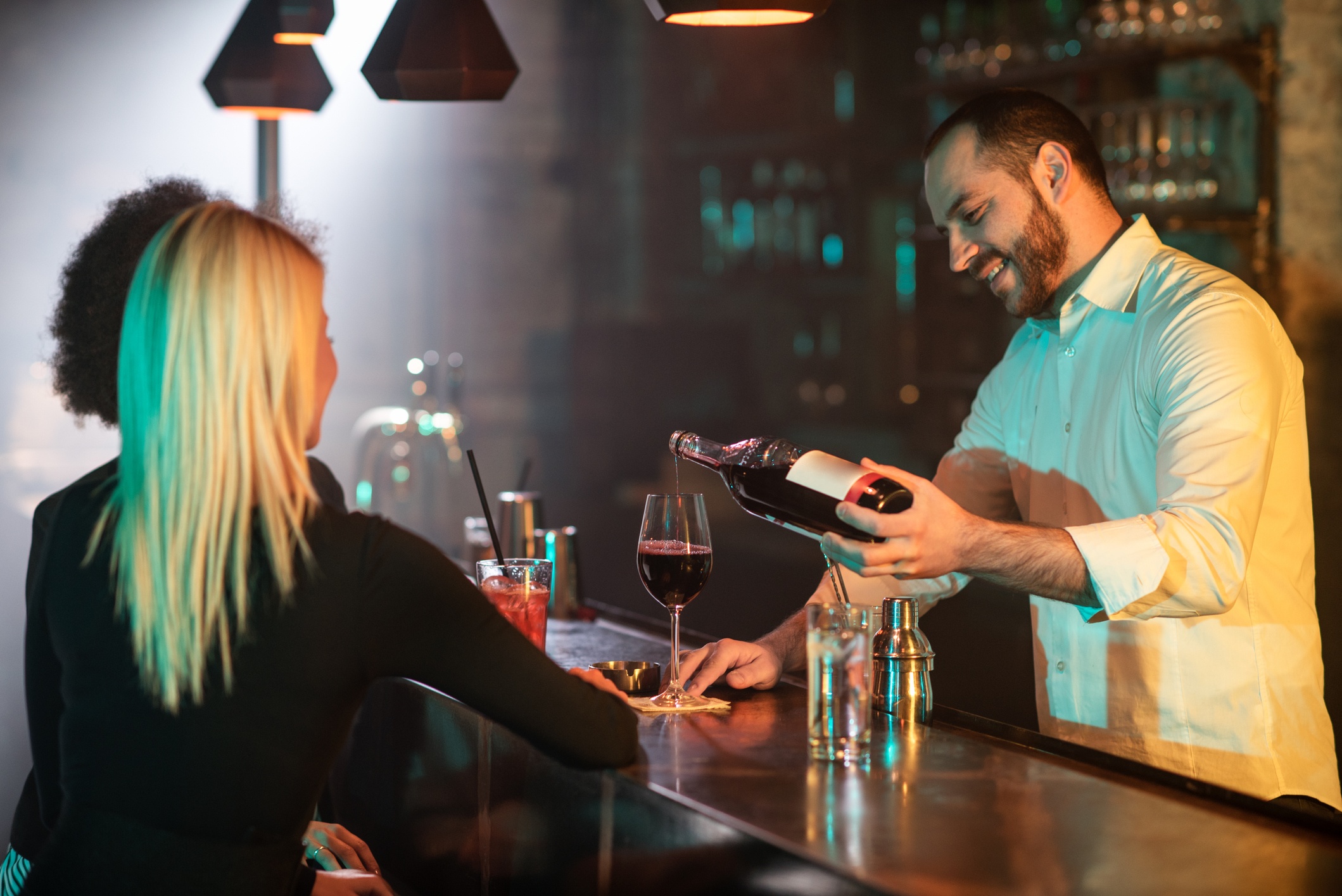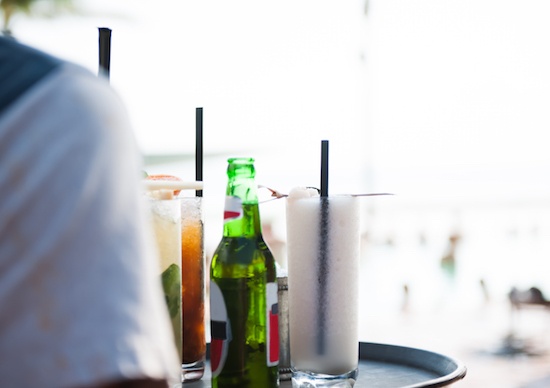Many bars and restaurants put wine on their menu because they have to, according to David Foss, partner in Invictus Hospitality. “You have to have a white, a red, a sparkling, and so on,” Foss noted in session at the Nightclub & Bar show in Las Vegas in March.
But that strategy isn’t good enough today, as guests have become more interested and sophisticated about wine. Millennials and Generation Y have completely changed the industry in that they care about the product’s story, where it comes from and how it’s made, Foss said. “That’s one reason why we need better wines in bars and restaurants.”
How can you improve your wine selection and service? Here are six tips from Foss.
1) Look to small growers, regional wineries and unique imports.
Grocery store wine brands may offer consistency, Foss said, but they lack personality. Plus people know how much they cost, so on-premise pricing is always going to seem high, he added.
When you find an interesting wine, check on the bottle for the importer. Call to ask who their distributors are and if they are in your state.
Central Europe is an example of a trending wine region, Foss said. He sells a lot of wines from Croatia and Georgia in his restaurants. Greek wines are high value, so are Austrian wines, he noted. “And if you like big, kick-you-in-the-face red wines, go to Portugal.”
2) Seek out alternative packaging formats.
Single-serve bottles and canned wines are good for bars that don’t go through a lot. “There are now some fun, interesting and good wines in cans, and it’s one way to combat wine waste,” Foss said.
Tap wine is similar in that there’s less waste, and it’s a better, more cost-effective way to ship, he said. There are now some high-end wines available in kegs and even boxes, which enables you to offer a better product by the glass at a lower price.
Large-format bottles are also a unique selling point: “I love magnums,” Foss says. His bar in Los Angeles offers an Australian wine in a 1-liter bottle, as well a 40-oz. bottle of muscat.
The 40-oz. bottle “is a good wine—not great, but it’s a fun way to engage guests,” he says. “It’s all about the guest experience.” What’s more, that 40-oz. bottle “gets Instagrammed constantly because it’s interesting and different.”
3) Protect your investment.
You should chill a bottle of red wine after you open it to make it stay fresher longer, Foss said. longer. Technology such as the Cruvinet, Repour and Coravin can also preserve opened wine and allow you to offer more and better selections by the glass.
4) Train—and taste—your team on the wines.
Training is the most important part of wine service. It doesn’t matter how good the wine is if your team doesn’t understand it and can’t explain it to customers, Foss said.
You can get a vendor to come in to talk to the staff, but often times they just give you the facts about the wine, he noted. “It’s better to come from you: Why did you pick this wine? Why do you love it?”
You have to taste your staff on the wine if you want them to really understand it. Walk them through the process, ask what they taste–citrus? Lemon? Teach servers the descriptors often used for wine.
5) Keep guest education simple.
Read your guests based on the questions they ask about the wine, but generally keep it fun and light. “If you’re out on a date, you don’t want someone talking down to you,” Foss said.
Forget about terms like grippy tannins or under-ripe peach pits, he added: “Most people don’t talk like that.” Instead, describe the fruits and other flavors, with terms like ripe cherry bomb and blueberry pie.
Foss likes to give the wine a personality. In terms of body, for instance, “I describe it as a person: He’s a big burly dude, brash and bold.”
6) Partner with local wine producers.
If you have a good winery nearby, you should be pouring its wines—at least by the glass, Foss said. Don’t think of wineries with restaurants as competitors; if you support the community, they’ll help you. So when people visit the winery’s tasting room and ask where to find the products locally, “they’ll send them to your restaurant.”











